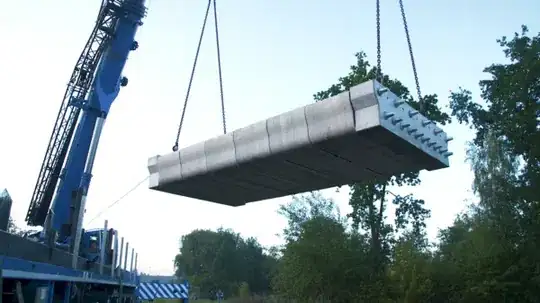When houses are printed with concrete cement what replaces the steel rebar for reinforcement?
Here's a link referencing printing concrete: https://www.aniwaa.com/house-3d-printer-construction/
House 3D printers use extrusion technology. Some construction 3D printers look like super-sized desktop FFF/FDM 3D printers (gantry style), whereas others consist of a rotating mechanical arm.
In both cases, paste-type components such as concrete are used as filament. The material is pushed out of a special nozzle to form layers. To put it (very) simply, paste extrusion is similar using a piping bag to spread frosting on a cake.
The printer creates the foundations and walls of the house or building, layer by layer. The ground is literally the printer’s build plate. Some concrete 3D printers, however, are used to 3D print brick molds. When molded, the bricks are then piled atop each other manually (or with a robotic arm).
Like most of the people here my experience is with a printer (RepRap) that can use PLA or ABS. With all the materials normally put into concrete, using an extrusion printer to print concrete is puzzling.
